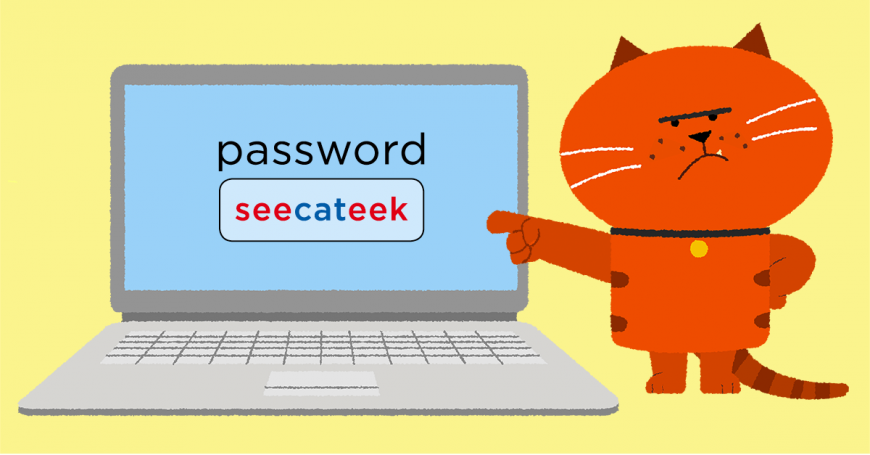Secure your data with the right password
Posted on 24 March 2017 by Beaming SupportYour online passwords are there to protect you and keep your data secure. Your password is for your information only, not your bank, internet provider, your IT support or your colleagues. Find out how to make a strong password with our advice.
Keep it to yourself
We’ll start by saying that you can find out how to make a strong password and do so, but if you then disclose that information, the password is no longer secure. Here at Beaming, we would not ask for your passwords on the phone or via email, and neither should anyone else. It’s important you don’t share your password and if you find that you inadvertently have, you should change it immediately. If you ever receive an email or text message from a company requesting your password it will almost certainly be spam and should be deleted.
Also it may seem obvious that you shouldn’t write passwords down, but you will find many desks with a post-it note under the keyboard containing passwords to confidential work systems. Potentially giving access to people with dishonest intentions – but it will appear you were the one committing those activities.
As well as keeping your password to yourself, make sure you create passwords that cannot be easily hacked. Hackers are using sophisticated techniques and phishing for social data to be able to crack passwords, making it more important you create passwords that are random and difficult to be hacked.
Keep it random
Long and random passwords are most secure and difficult to hack. Hackers are more likely to gain access to an account that use a common passwords or ones that contain information that is easy to guess from posts innocently shared on social media such as favourite sports teams, pet or family names or important dates.
A way of creating a secure password that you are able to remember is by joining three random words together. If you include some upper case you have a secure password such as: roseTABLEsock
Protect your most important accounts
After you’ve learnt how to make a strong password, you will need to come up with some more. Your business/work applications, email account, social media and online banking accounts should all have different passwords. If one were to be hacked or inadvertently leaked you would not be compromising the security of the other sites.
You may think it would be impossible to remember the amount of passwords needed to keep every site different, but it can be made easier by thinking about your online accounts in different tiers of how important the data is. If someone accessed the password to your email account, it would be more damaging than a password you only used for occasional shopping sites. Therefore your password for your email account should be unique and most secure, followed by banking, social media, iTunes and similar, but it might not be so bad to use one seperate password for your occasional online purchases where no card details are stored.
Six easy steps to good password security:
- Avoid easy to guess passwords (birthdates, sports teams, pets name etc.)
- Keep your password random (3 random words)
- Use completely different passwords for work and personal accounts
- Keep your most important accounts secure with a separate password
- Don’t share your passwords with anyone
- Use two-factor authentication for added security where available
Updated in 2023: Read our top 5 tips for increasing your business’ password security

Still need help remembering passwords?
Download Beaming’s Business Guide to Password Managers to find out whether a password manager might be an appropriate way to store and manage them.